COBS News archive
Rosetta and Philae in contact again
June 22, 2015

Rosetta tracks debris around comet
June 19, 2015
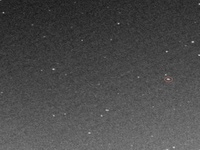
This blog post is based on the papers “Orbital elements of material surrounding comet 67P/Churyumov-Gerasimenko,” by B. Davidsson et al, and “Search for satellites near comet 67P/Churyumov-Gerasimenko using Rosetta/OSIRIS images,” by I. Bertini et al, which are both accepted for publication in Astronomy and Astrophysics.
MIRO maps water in comet’s coma
June 19, 2015

CometWatch 7 June
June 18, 2015
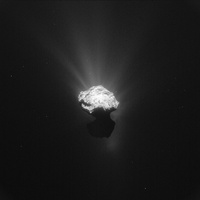
While the Rosetta and Philae teams are busy planning the next activities for the spacecraft and lander, CometWatch continues with a new view of Comet 67P/Churyumov-Gerasimenko captured on 7 June 2015, several days before Philae's wake-up call was received. This single frame NAVCAM image, taken at a distance of 203 km from the comet, has a resolution of 17.3 m/pixel and measures 17.8 km across.
Preparing Rosetta to listen for lander
June 16, 2015
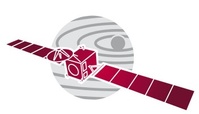
Philae wake-up triggers intense planning
June 16, 2015
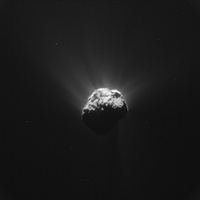
How we heard from Philae
June 16, 2015
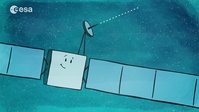
Rosetta’s lander Philae wakes up from hibernation
June 15, 2015
CometWatch from Earth – 22 May
June 15, 2015

CometWatch 5 June
June 15, 2015
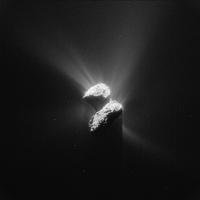
CometWatch 1 June
June 11, 2015
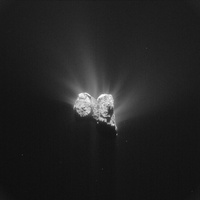
Sunset jets
June 09, 2015
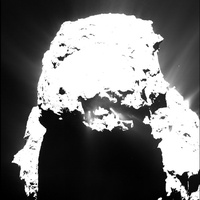
CometWatch 23 May
June 08, 2015
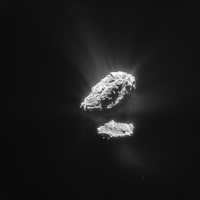
CometWatch 21 May
June 08, 2015
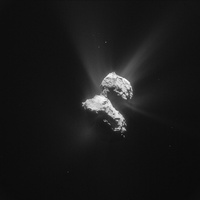
This impressive view of Comet 67P/Churyumov-Gerasimenko was captured on 21 May from a distance of 156.8 km from the comet centre. It is a single frame image with a resolution of 13.4 m/pixel, and measures 13.7 km across. The intensities and contrast have been adjusted to emphasise the activity of the comet.
Crashing comets may explain mysterious lunar swirls
June 03, 2015
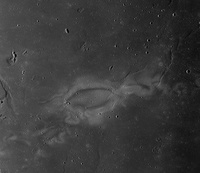
How comets were assembled
June 03, 2015
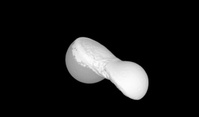
Rosetta's target 'Chury' and other comets observed by space missions show common evidence of layered structures and bi-lobed shapes. With 3D computer simulations Martin Jutzi, astrophysicist at the University of Bern, was able to reconstruct the formation of these features as a result of gentle collisions and mergers.
Ultraviolet study reveals surprises in comet coma
June 03, 2015
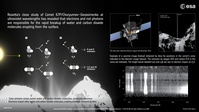
CometWatch 20 May
June 03, 2015

This image of Comet 67P/Churyumov-Gerasimenko was taken by Rosetta's NAVCAM on 20 May at a distance of 163.6 km from the comet centre. It is a single frame image with a resolution of 13.9 m/pixel, and measures 14.3 km across. The intensities and contrast have been adjusted to emphasise the activity of the comet.
NAVCAM image bonanza: close orbits and comet landing
June 03, 2015

CometWatch closeup: Looming over Aten
May 25, 2015

With today's CometWatch we take another trip back in time, to 27 October 2014 when Rosetta was in a bound orbit around Comet 67P/Churyumov-Gerasimenko. At the time this single frame NAVCAM image was taken, the spacecraft was only 9.8 km from the comet centre. Due to the viewing geometry, most of the scene is in fact closer to the camera in this view. The image scale is about 75 cm/pixel, and the image spans 770 m across.
